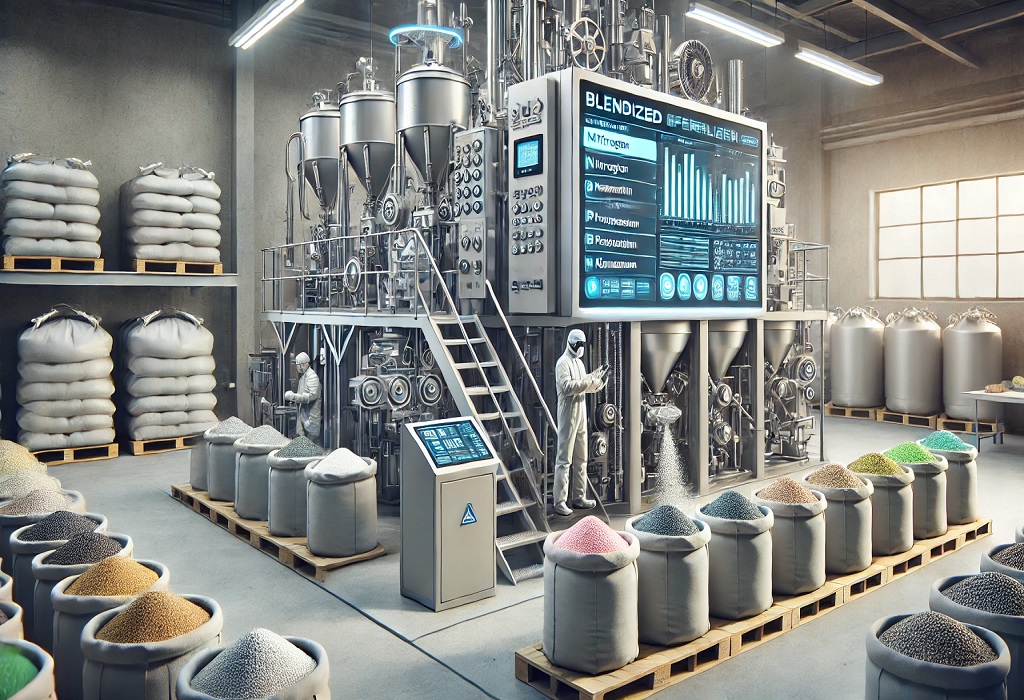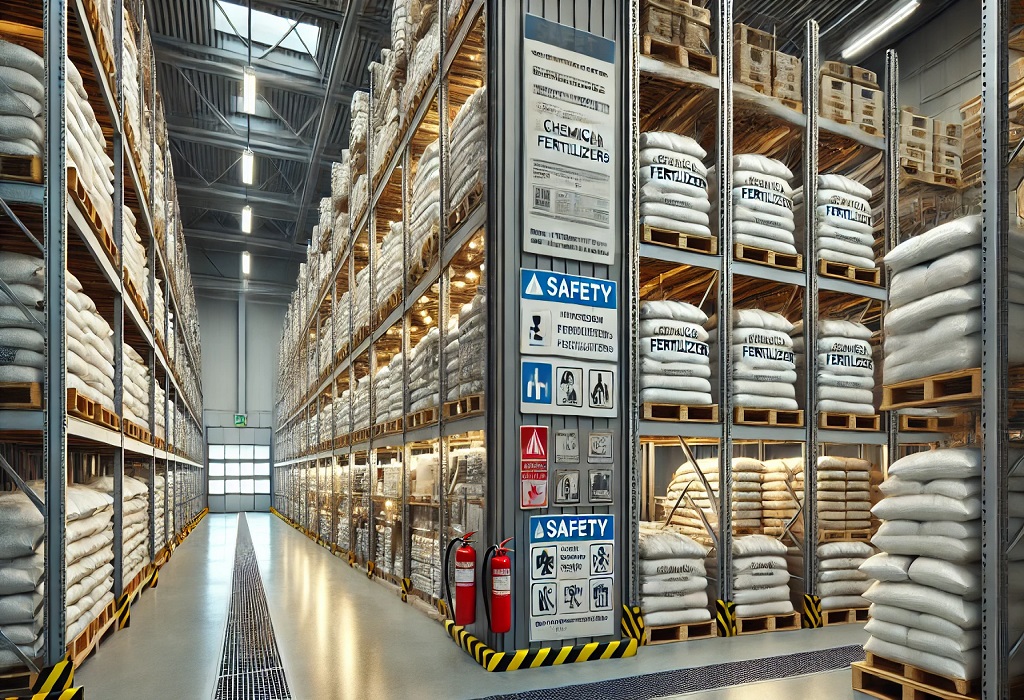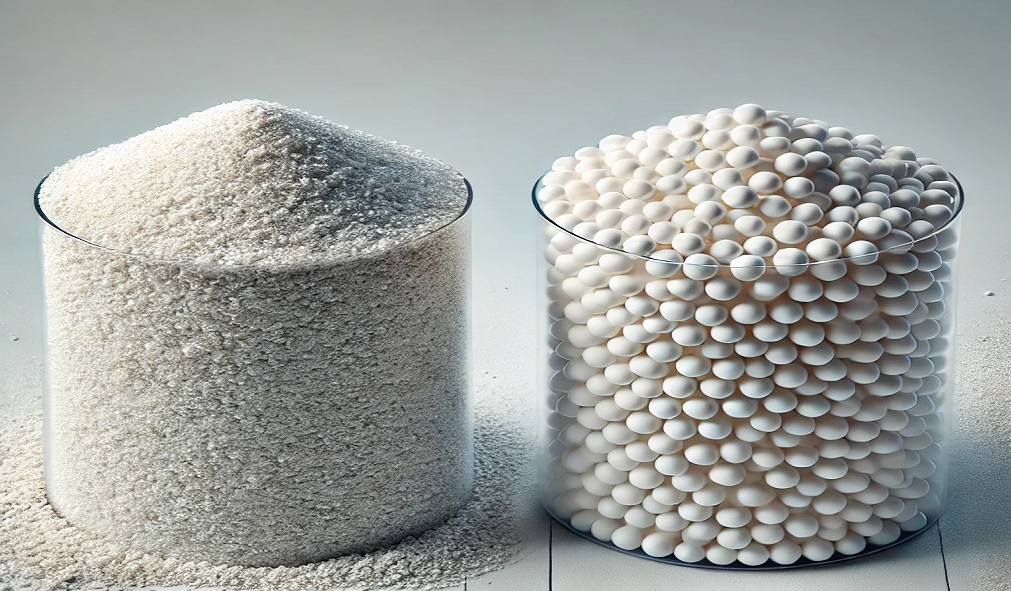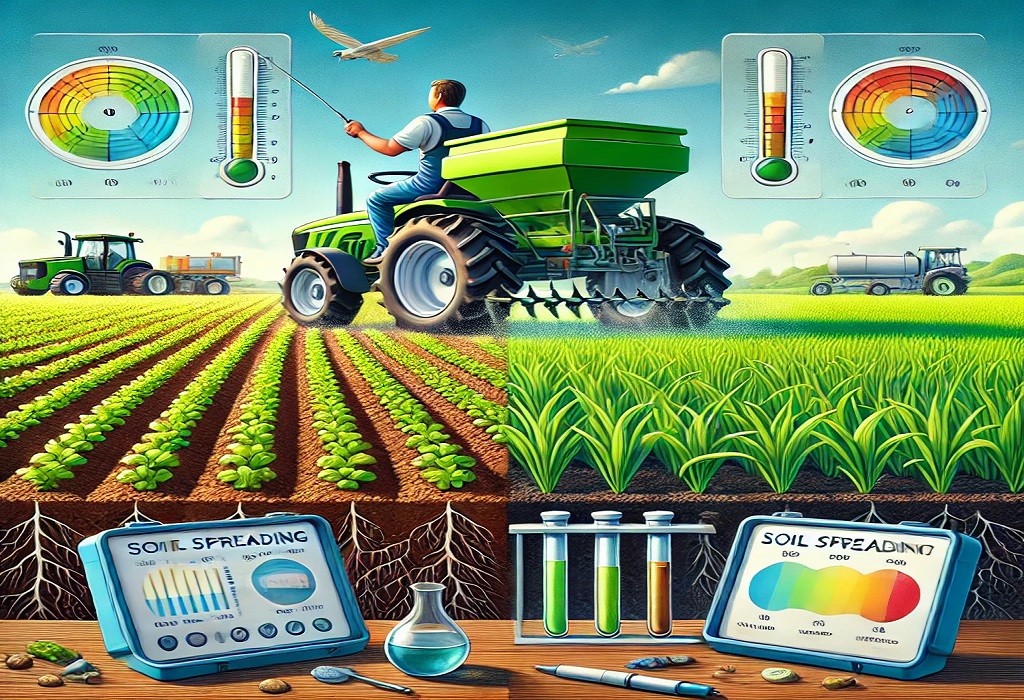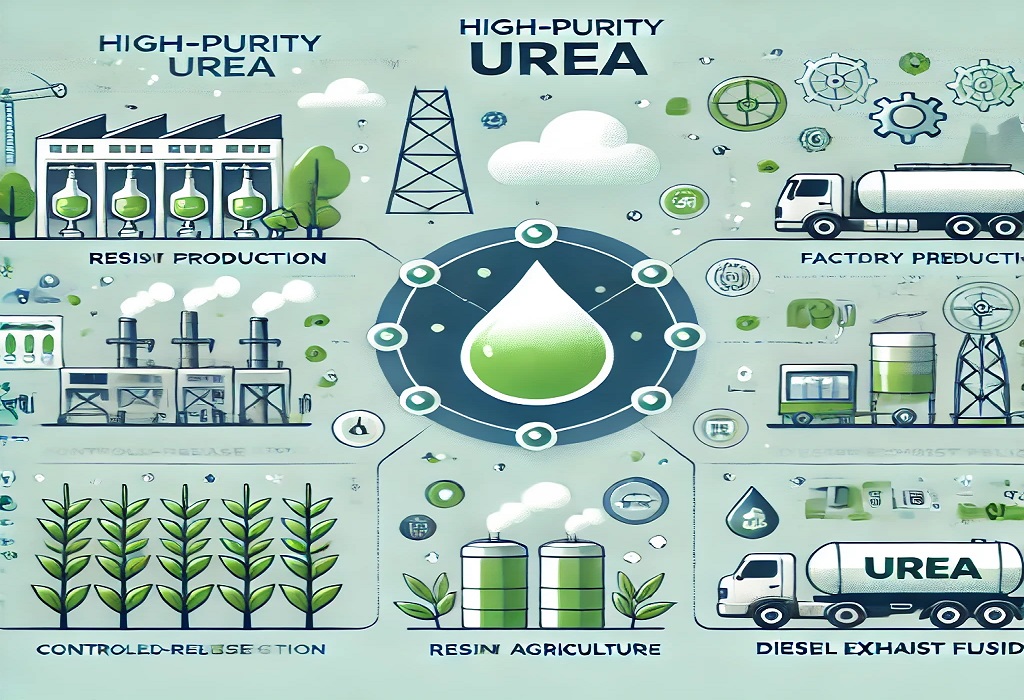Blending for Customized Fertilizers
In modern agriculture, one-size-fits-all fertilizers may not meet the unique nutrient demands of different crops and soils. Customized fertilizers, created through precision blending, address this challenge. This article explores the benefits, processes, and applications of blending fertilizers, highlighting how it enhances crop productivity and efficiency.
Table of Contents
- What is Fertilizer Blending?
- Benefits of Customized Fertilizers
- The Fertilizer Blending Process
- Popular Methods of Blending
- Applications in Agriculture
- Best Practices for Fertilizer Blending
- FAQs
What is Fertilizer Blending?
Fertilizer blending is the process of combining two or more types of fertilizers to create a custom mix tailored to specific agricultural needs. This allows farmers to deliver the precise nutrient balance required for different crops, soil types, or growth stages.
Benefits of Customized Fertilizers
1. Enhanced Nutrient Efficiency
Custom blends match the exact nutrient requirements of crops, reducing wastage and maximizing effectiveness.
2. Improved Crop Yields
With precise nutrient delivery, plants grow healthier and yield better harvests.
3. Cost Savings
By blending only the necessary components, farmers avoid over-purchasing pre-mixed fertilizers.
4. Environmental Protection
Custom blends minimize nutrient runoff and leaching, reducing environmental pollution.
5. Flexibility
Farmers can adjust blends based on real-time soil and crop data.
The Fertilizer Blending Process
1. Soil and Crop Analysis
Understanding the nutrient content of soil and the specific needs of crops is the first step. Farmers often use soil tests and crop nutrient maps.
2. Selection of Fertilizer Components
Choose from base fertilizers like nitrogen (urea), phosphorus (DAP), or potassium (MOP).
3. Proportional Mixing
Using precision equipment, the chosen fertilizers are mixed in exact ratios to create the blend.
4. Testing and Quality Control
The blend is tested for uniformity and effectiveness before distribution or application.
Popular Methods of Blending
1. Batch Blending
- Process: Fertilizers are mixed in batches using mechanical blenders.
- Advantages: Cost-effective for small-scale operations.
2. Continuous Blending
- Process: Fertilizers are mixed continuously as they are loaded or dispensed.
- Advantages: Ideal for large-scale operations needing high volumes.
3. Precision Blending
- Process: Advanced technologies ensure the exact nutrient composition in every granule.
- Advantages: Uniform nutrient distribution and high accuracy.
Applications in Agriculture
1. Crop-Specific Blends
- Corn requires higher nitrogen levels, while potatoes benefit from potassium-rich blends.
2. Soil-Type Specific Blends
- Sandy soils may need blends rich in potassium due to leaching, while clay soils may benefit from balanced phosphorus content.
3. Seasonal Adjustments
- Pre-planting fertilizers differ from those used during the growing season or post-harvest.
Best Practices for Fertilizer Blending
Start with Accurate Soil Tests
Regularly analyze soil for nutrient deficiencies to guide blending decisions.Use High-Quality Raw Materials
Ensure the fertilizers used in blending are of top quality and free of contaminants.Invest in Precision Equipment
Modern blending machines ensure consistent mixes and avoid segregation.Store Blends Properly
Use moisture-resistant packaging and store in a dry, ventilated area.Train Personnel
Equip workers with knowledge of safe handling, mixing ratios, and quality checks.
